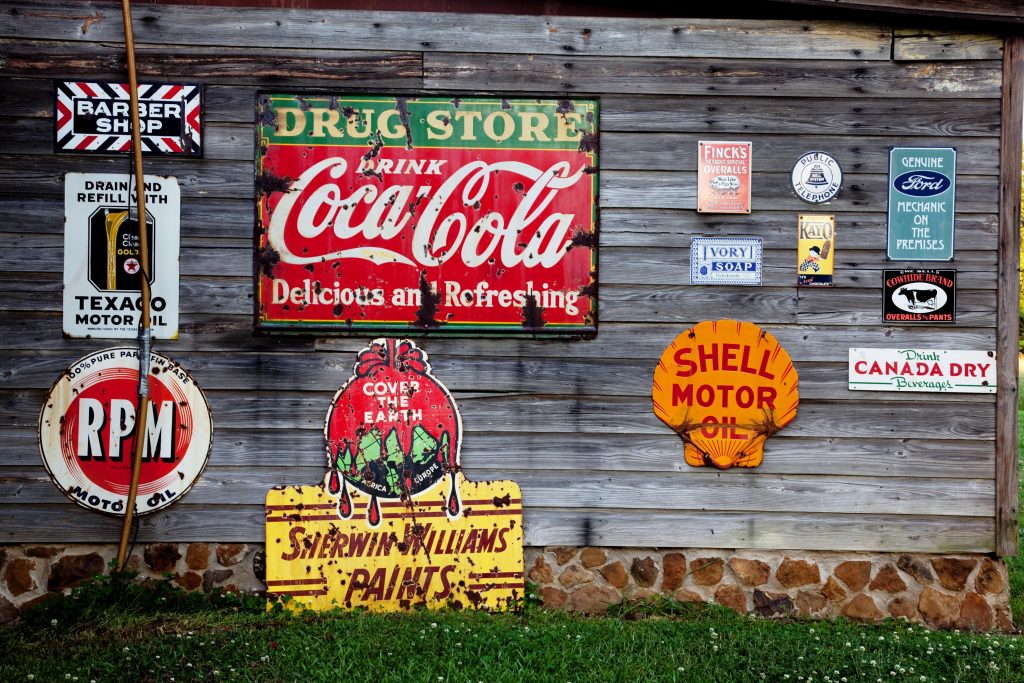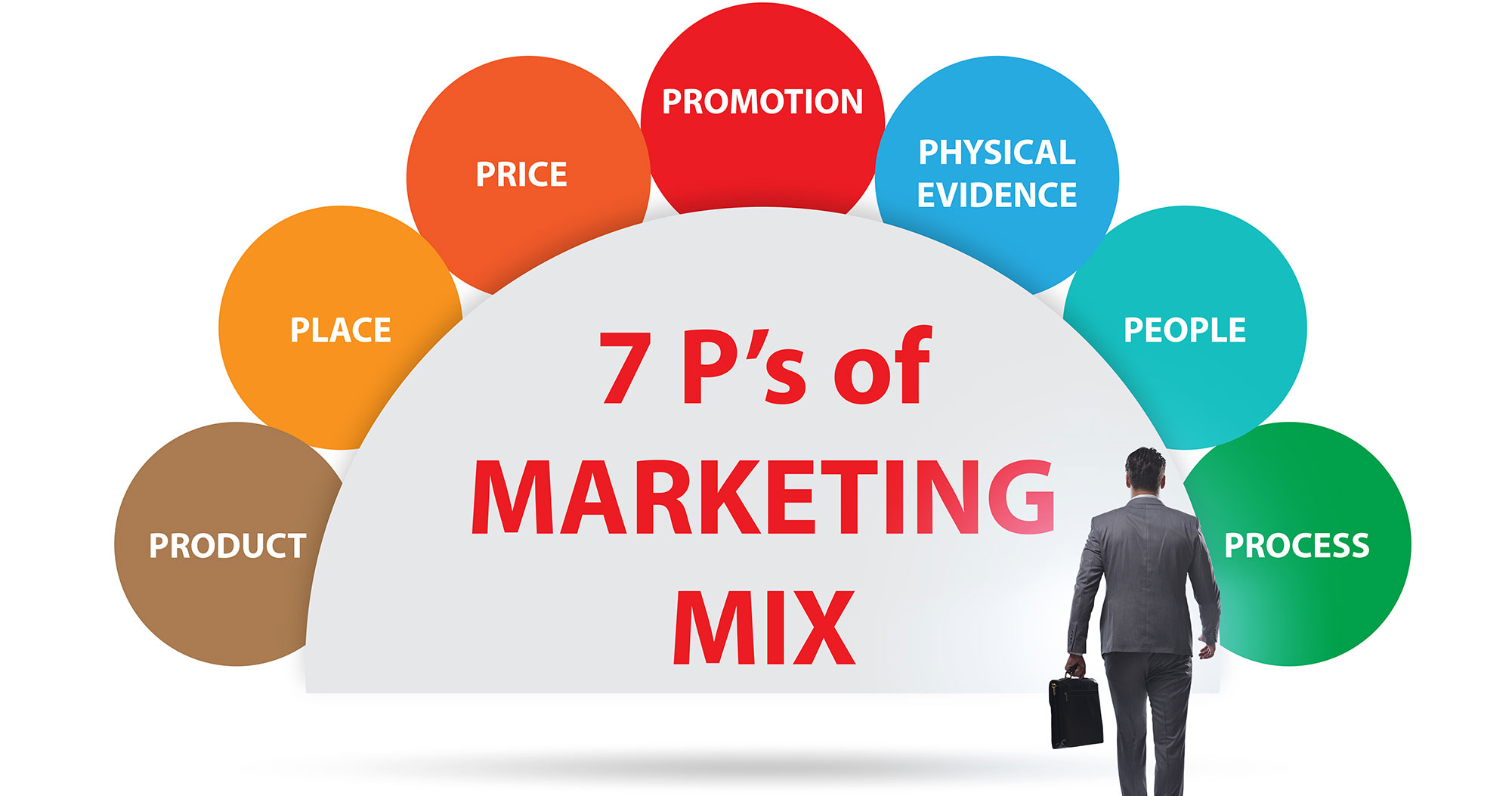Most people focus on creating the best products or services when starting a new business adventure. Which is understandable. After all, that is the core of the business, right? Those that cannot offer products or services that are not only beneficial for the customers but also superior to their competitors are doomed to fail.
Once the products or services are deemed satisfactory, the next thing that an entrepreneur might think about is funding. Setting up a new business and developing the products will cost money. And depending on the kind of products you have in mind, it might even require quite a huge amount of up-front investment. This means you should consider finding investors or securing a loan.

While those two things are super important for your business, most people often fail to consider how to sell the products themselves. In other words, the marketing side of things. After all, it doesn’t matter how good you think your product is. If nobody buys it, then your company’s days are numbered.
And that is where this article comes in. Here we’ll talk about some of the basic principles of Marketing. We’ll discuss the 7 Ps of Marketing principles, as the title suggests. While this article cannot guarantee that you’ll sell as many products as Amazon just by learning this principle, at the very least, you’ll have a better idea of how to market your products.
What are the 7P’s of Marketing
There are tons of concepts and principles in the world of Marketing that are important to every business. There’s the SWOT Analysis that will help you to understand more about your own company. The BCG Growth-Share Matrix will help you understand more about your product.
That being said, if there’s one principle in marketing that every business owner needs to know, it’s the 7P principles. The 7P’s, also known as the Marketing Mix, is a set of actionable principles that will blueprint your marketing effort. The 7Ps refer to Product, Price, Promotion, Place, People, Process, and Physical Evidence.
If you own a business, you should thoroughly understand these 7 factors. Because as mentioned earlier, by knowing and planning these 7 factors properly, you would be able to have a clear view of the direction of your business. Not only that, but Marketing Mix can also help you analyze the state of your business and guide you through every marketing decision you have to make for your business.
A Brief History of Marketing Mix
Before we get to all of the details regarding the 7P’s of marketing, let’s talk about the history of the Marketing Mix for a bit. The term “Marketing Mix” was first mentioned by a Professor from Harvard named James Culliton. In his 1948 article [1] titled “The Management of Marketing Costs,” Culliton talks about marketing as a mix of different ingredients that work together to achieve a predetermined goal.
Most marketing experts in that era agreed with the concept of Marketing as a mix of different ingredients as it was put forth by Culliton. That being said, they couldn’t agree on exactly those ingredients. It wasn’t until 1960 that they finally came to a consensus through what was called the 4Ps. The one who introduced this idea is a man named E. Jerome McCarthy through his book [2] “Basic Marketing: A Managerial Approach.”

The 4Ps, according to the McCarthy model, are Product, Place, Price, and Promotion. Many Marketing and Economics experts at the time, and for decades after, championed this model, including renowned marketing expert Philip Kotler. This was why this model was so popular and widely used for decades.
However, as time went by, people began to feel that there was something lacking in this model. There are aspects that are not properly represented in this model, particularly in the Service industry. That’s why in the early 1980s, at the American Marketing Association (AMA) Conference dedicated to Service Marketing, there was a talk about the need to expand upon the original 4Ps. The reason was mainly that service-based companies are inherently different from product-based companies, which is why the 4Ps mainly focused on products were deemed inadequate.
The next breakthrough happened in 1981 when two marketing experts, Bernard H. Booms and Mary J. Bitner, proposed an extended version of the 4Ps through their paper [3], “Marketing Strategies and Organizational Structures For Service Firms.” They added People, Process, and Physical Evidence onto the 4Ps to fully cover all kinds of business. This is the model we now know as the 7Ps of Marketing. There are other variations to this model, such as the 4C’s, the 7 C’s, and even a more extended one, the 8P’s. But the one still widely used today is Booms and Bitner’s 7 P’s model.
The 7P’s of Marketing
Now that you know a little bit of the history behind the 7Ps of marketing, let’s dive deeper into each of its components. We’d also talk about some of the real-life applications of this principle.
Product

Product refers to what the company offers to the customers. It could be a physical product, such as a smartphone, or it could also be a form of service, such as banking. And in this modern day and age, even products and services can have many different varieties, such as intangible products like mobile apps or short-term/contract-based services like freelancing.
Whether you create a product or offer a service, the most important thing is to create value for the customers. Your products and services have to either introduce something new that can help them solve a problem in their life or offer a better version than the one that they’ve already used. For example, products like smartphones massively improve the capability of the traditional telephone, while services like streaming websites enable customers to watch high-quality video content in the comfort of their houses.
Price
There are several things that should be considered when putting a price on your products. First and foremost is the cost of producing the product itself. After all, if you want to make a profit, the selling price of your product has to be higher than the cost of production. The second one is the price of similar products already on the market. Other than that, you should also consider the market demand for your products and the spending power of your target customers.
There are many other things you should consider when it comes to pricing, but those are some of the most important ones. So before you decide on your desired profit margins, think about those things first. That being said, putting a price on your product is not the end of your marketing effort. On the contrary, it’s just the beginning. To attract customers to your products, you could offer discounts, coupons, and even subscription options, among other things.
Place

As the name suggests, the place is where your customers can purchase your products or services. There are tons of different ways to go about it, depending on what kind of business you have. For most businesses, a physical location is usually the best option. It can either be a dedicated place, such as a McDonald’s branch, or you can also sell your products in a larger supermarket, such as Walmart or Target.
Besides a brick-and-mortar store, the internet is another popular place where you can sell your products or offer your services. And similar to physical places, there are two most common ways you can use the internet as a place for your business. You can either build a dedicated website or use online marketplaces like Amazon for products and Upwork for services.
Promotion
In a nutshell, promotion is what you do to communicate what your company has to offer to potential customers. It can be about the new products your company has made or even any discounts or special offers. This is the part of the 7P that has the most options out of the others. In the olden days, the most common way to promote your products was through printed media, such as newspapers, magazines, and even billboards if you wanted to be extra fancy.
There are times when TV is the most sought-after way to do a promotion, but in this modern day, there are much better ways to market your products to the masses, which is the internet. There are many different ways to go about it, such as posting or paying for ads on social media like Facebook or Instagram.
For a fee, you can also contact social media influencers that will endorse your products on various social media platforms, including YouTube. Every option laid out above can be used for almost every kind of product or service, so you can simply pick the ones that are most suitable to your budget or objectives.
People

People in this context refer to everybody involved in your business, including the employees, customers, management, and other stakeholders. You need to pay attention to two main things regarding “People.” The first one is to ensure that everybody involved is on the same page. The second most important thing is ensuring that all those mentioned above feel fulfilled and satisfied.
This is one of the most challenging parts out of the other aspects of this 7P model. This is especially true if many people are involved in your company. This is why the first aspect of “People” is so important. After all, the employees, the customers, and every other stakeholder must understand every aspect of the products, such as their components, pricing, etc.
Once everybody is on the same page, we can work together to ensure every party involved feels satisfied with their end of the deal. For example, the customers feel they get a fair price. The employees get a fair wage, etc. For this one, proper communication is key.
Process
The process refers to the methods used to create and deliver products or services. Similar to the previous one, it also relies heavily on proper communication. It means understanding the process and components needed to create the products for products. The functions or what the products can do is important to communicate to the people involved, particularly the customers.
For services, the process means ensuring the customers understand what they will get from their purchased services. This also includes letting them know if there are any changes to the plans, telling them about alternatives that might better suit their needs, and informing them about any setbacks or challenges they may have to face, etc. By ensuring the customers understand the process, you will increase the likelihood of them feeling satisfied with your products or services.
Physical Evidence
Physical Evidence refers to the experience of using the products or services. Most people think the marketing job ends when the customers get the product. The whole purpose of marketing is simply to get people to purchase the products, right? That is not true. A good marketing plan should also consider the experience of the people who use the products or services.
This one requires careful planning from the company to ensure their products or services provide the best customer experience. But even more important than that, it also requires the company to keep learning, innovating, and improving its products.
No matter how careful you are in the planning phase, you won’t know how well it will turn out until it gets into the customer’s hands. That is why every company must listen to feedback and provide continuous improvement.
To Summarize:
Before we conclude this already long article, let’s summarize the previous sections through this bite-sized info dump.
What are the 7 Ps?
The 7Ps of marketing, also known as the Marketing Mix, are 7 different ingredients that can be a guide to help you market your products or services. It consists of Product, Place, Price, Promotion, People, Process, and Physical Evidence.
What are the 7Ps of marketing with examples?
- Products refer to what your company makes or offers, so the appropriate example would be something like smartphones or banking services.
- Place refers to the location where you would offer your products or services. It could be a traditional brick-and-mortar store or through a website on the internet.
- Price refers to the pricing of your products. It should be profitable but also fair and has a competitive advantage. An example would be Chinese-made Smartphones that are often as powerful as Big brands like Samsung or iPhone but have a much more affordable price.
- Promotion refers to how you tell the masses about your products. You could use traditional ways to promote your products or services through newspaper or TV ads. Other than that, you can also use social media ads or an influencer to endorse your products.
- People refer to everybody involved with your products or services as Stakeholders. This would be the employees, the customers, the management, etc.
- Process refers to the method used to produce products or services. For products, it means letting the customers know about the product specifications or components, among other things. While for services, it means letting them know what they will get out of the services that they are planning to purchase, among other things.
- Physical Evidence refers to the customer’s experience of using the product. There are many ways to go about it, such as designing a user-friendly UI for your website or asking for some follow-up surveys from your customers.
Why are the 7 P’s important?
Whether you sell a product or offer a service, the 7P’s is a guideline and a blueprint that can be used not only for your marketing effort but also to help with the decision-making process of your business.
Who gave the 7 Ps of marketing?
While the one that introduced the world to the concept of 4P was E. Jerome McCarthy, the expanded version, which is the 7P, was introduced by Bernard H. Booms and Mary J. Bitner in 1981.
How many P’s are there in the marketing mix?
The original Marketing Mix has 4 different P’s, known as the McCarthy model. It consists of Product, Place, Price, and Promotion. However, the one still widely used today is the expanded version, Booms and Bitner’s model. This one has 7 P’s in it.
Conclusion
Marketing Mix, more widely known as the 7P’s of marketing, is a set of tools or principles that can help you create the best Marketing Plan for your products or services. This is an expanded version of the 4P model that ensures a much broader coverage to every kind of business, particularly the service industry. So before you create your dream products or offer what you consider the best services, you should first explore the 7P’s of marketing.
References:
[1] https://www.worldcat.org/title/management-of-marketing-costs/oclc/542845
[2] https://www.worldcat.org/title/basic-marketing-a-managerial-approach/oclc/242332
[3] https://www.scienceopen.com/document?vid=295b9a87-6296-4ab0-897e-b3a419b33747

